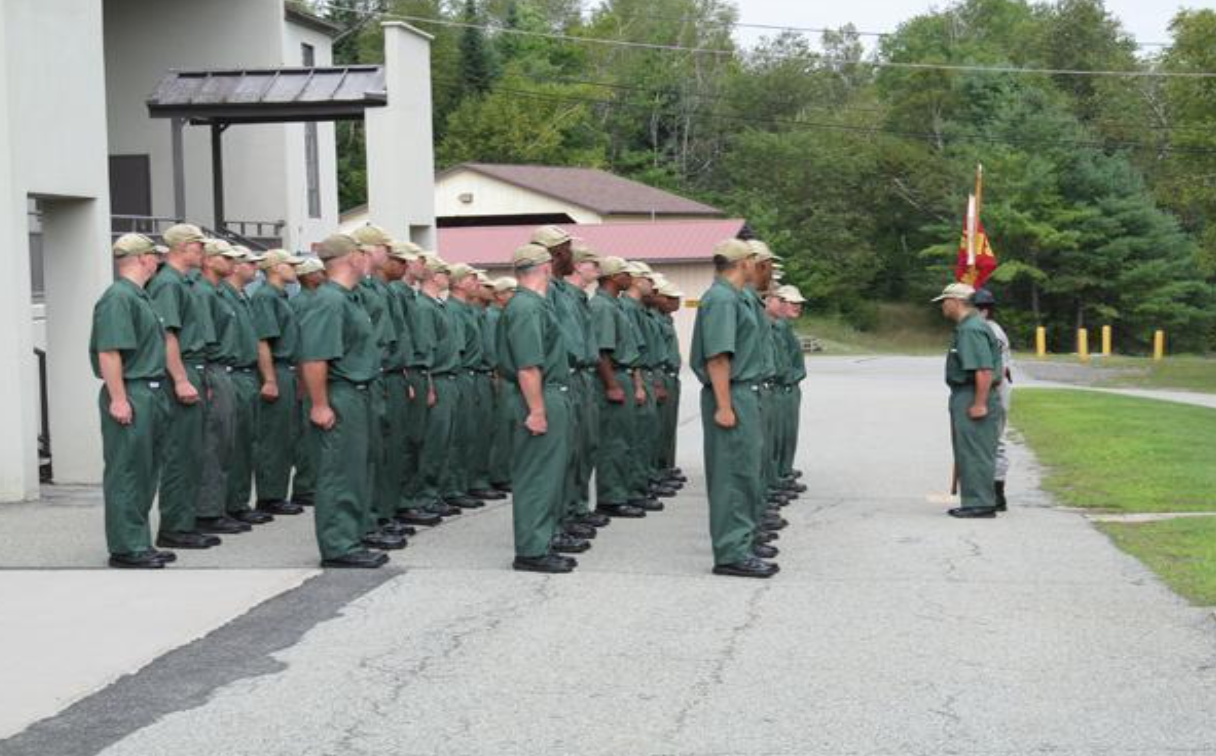9.4: Boot Camps and Shock Incarceration
- Page ID
- 16007
Boot Camp Success
[1] For prosocial individuals, structure and discipline can be advantageous. However, when individuals of differing levels of antisocial attitudes, antisocial associates, antisocial temperament (personality), and antisocial (criminal history) are all mixed together, the reductions in recidivism generally do not appear. As we have discussed in the section on rehabilitation, criminogenic needs are often not addressed within boot camps. Thus, boot camps fail to reduce recidivism for several reasons. First, since boot camps fail to address criminogenic needs, they tend not to be effective. Second, because of the lower admission requirements of boot camps, individuals are generally “lumped” together into a start date within a boot camp. Therefore, high-risk offenders and low-risk offenders are placed together, building a cohesive group. Thus, lower-risk offenders gain antisocial associates that are high-risk. Finally, when boot camps emphasize the increase of physicality, rather than behavioral change, it generally does not reduce aggressive behavior (antisocial personality & recidivism). A recent meta-analysis (a study of studies of a topic) found this to be the case. [2] For more information on the status of boot camps, please see https://www.crimesolutions.gov/PracticeDetails.aspx?ID=5 .
Platoon Formation in a Boot Camp

- Parent, D. G. (2018). Research for practice: Correctional Boot Camps: Lessons from a decade of research. U.S. Department of Justice, Office of Justice Programs, National Institute of Justice (June 3rd), NCJ 197018 https://www.ncjrs.gov/pdffiles1/nij/197018.pdf↵
- Wilson, D. B., MacKenzie, D. L., & Mitchell, F. N. (2005). Effects of correctional boot camps on offending. Campbell Systematic Reviews, 6, 1-42. ↵


